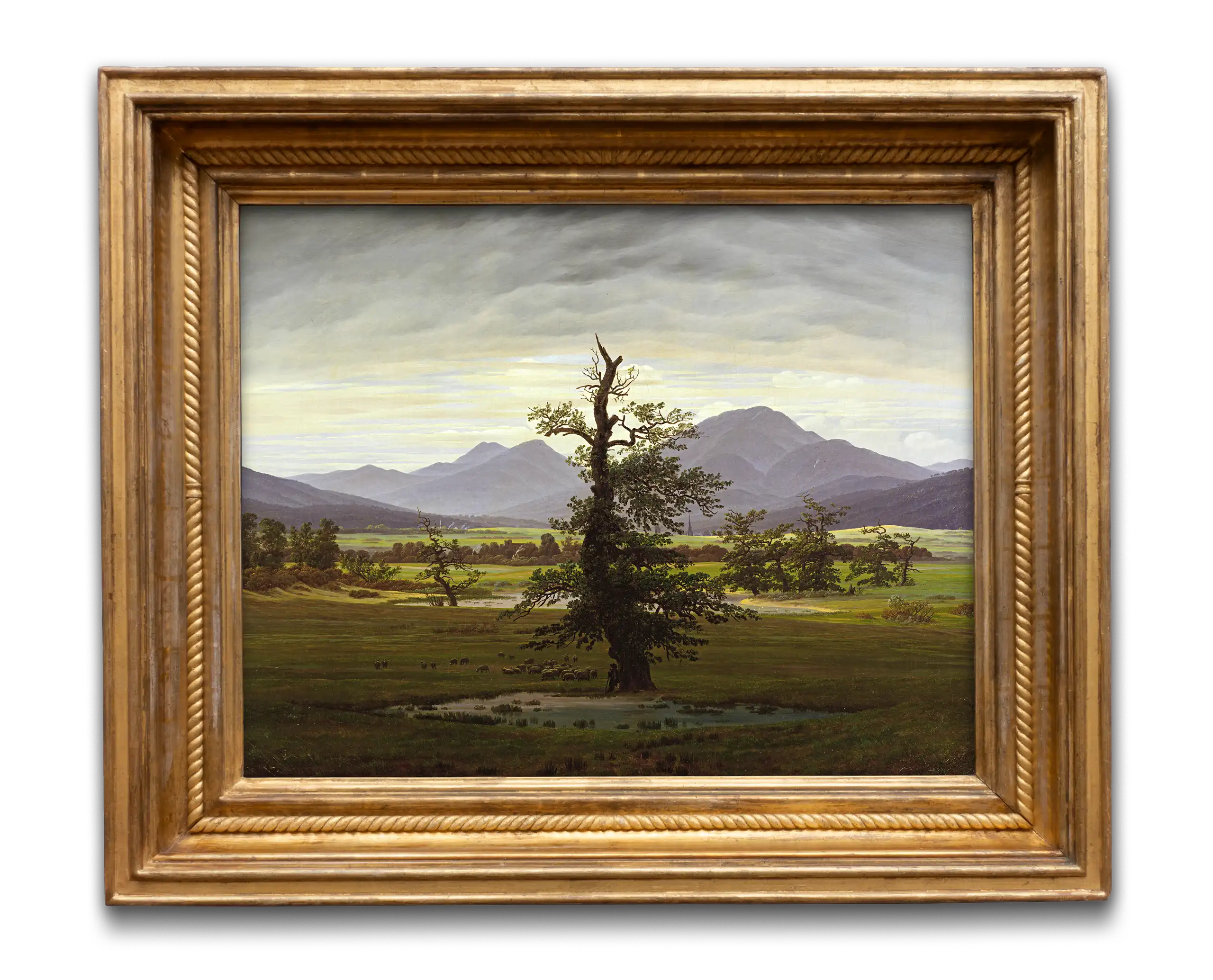The Power of Exhibitions Who Defines the Canon?
Numerous art critics celebrated the rediscovered artists. Some, meanwhile, sharply criticized the curatorial concept (anonymously):
“[T]he great mistake committed by the guiding organizers of the exhibition […] was to make a selection based solely on personal taste – that cannot be made up for in life.”
That said, however, the same challenge preoccupies curators and collectors even today. Now as ever, one criterion for a purchase or an exhibition is the question: How “modern”, how contemporary is a given work of art? And what does it tell us about ourselves today?
The internet and social media are further expanding the established canon, giving a hearing to unheard voices, enabling alternative views – and influencing our perspectives of what art can be.

With the Centenary Exhibition of German Art, the curators achieved their goal: to reexamine a century of German art with impulses from contemporary art – Impressionism in particular – and to break up the art canon of their time with the positions presented. These sensational discoveries from an earlier era have long since become part of the Western museum canon – not just in Germany. The pictorial worlds of the once forgotten Caspar David Friedrich are now world-famous.
Who knows how popular Friedrich’s landscapes would be today
without the German Centenary Exhibition of 1906?